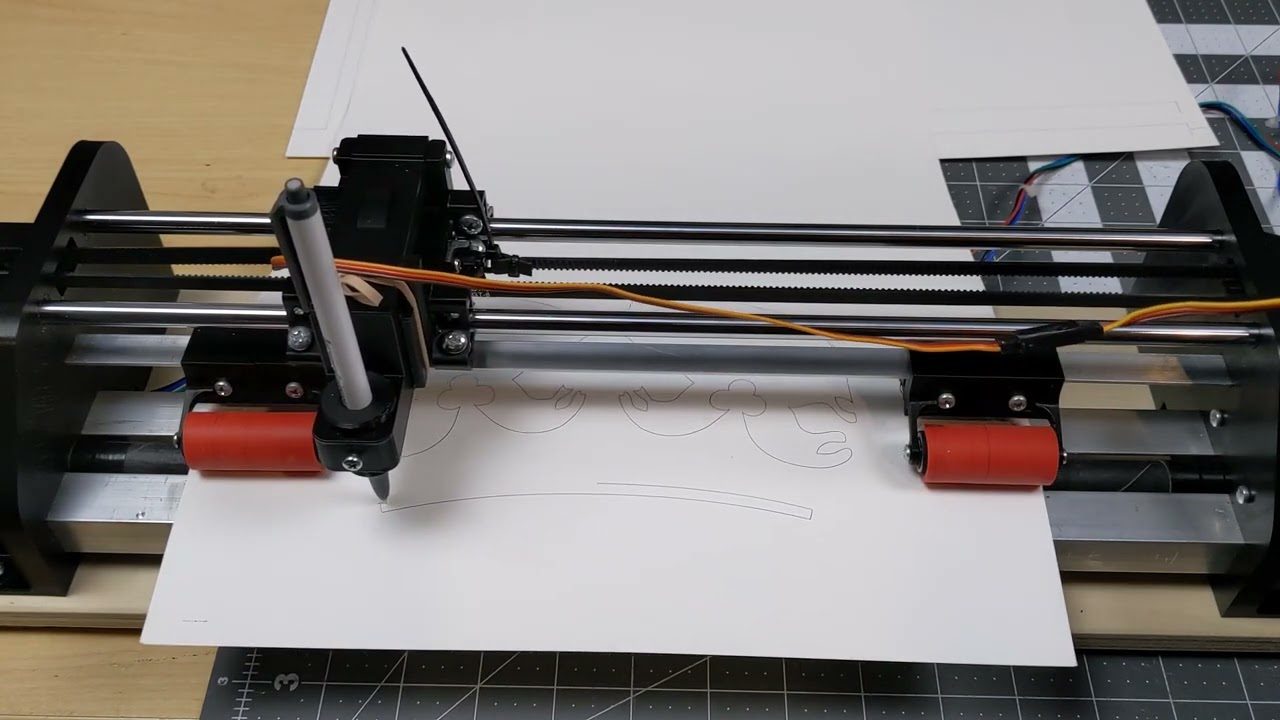riptyde
(Slamer)
73
Ok, update
I gave up on Marlin and switched over to a board that can run fluidnc.
I had a side thread on getting it to work here if you are interestd.
and now its working!
there is an unexpected pause at 00:43 which I need look into and figure out.
Next steps.
- wire management for the servo wire.
- mounting the board
- get the vinyl cutter in
- work on speeds - the video above is kinda slow.
3 Likes
